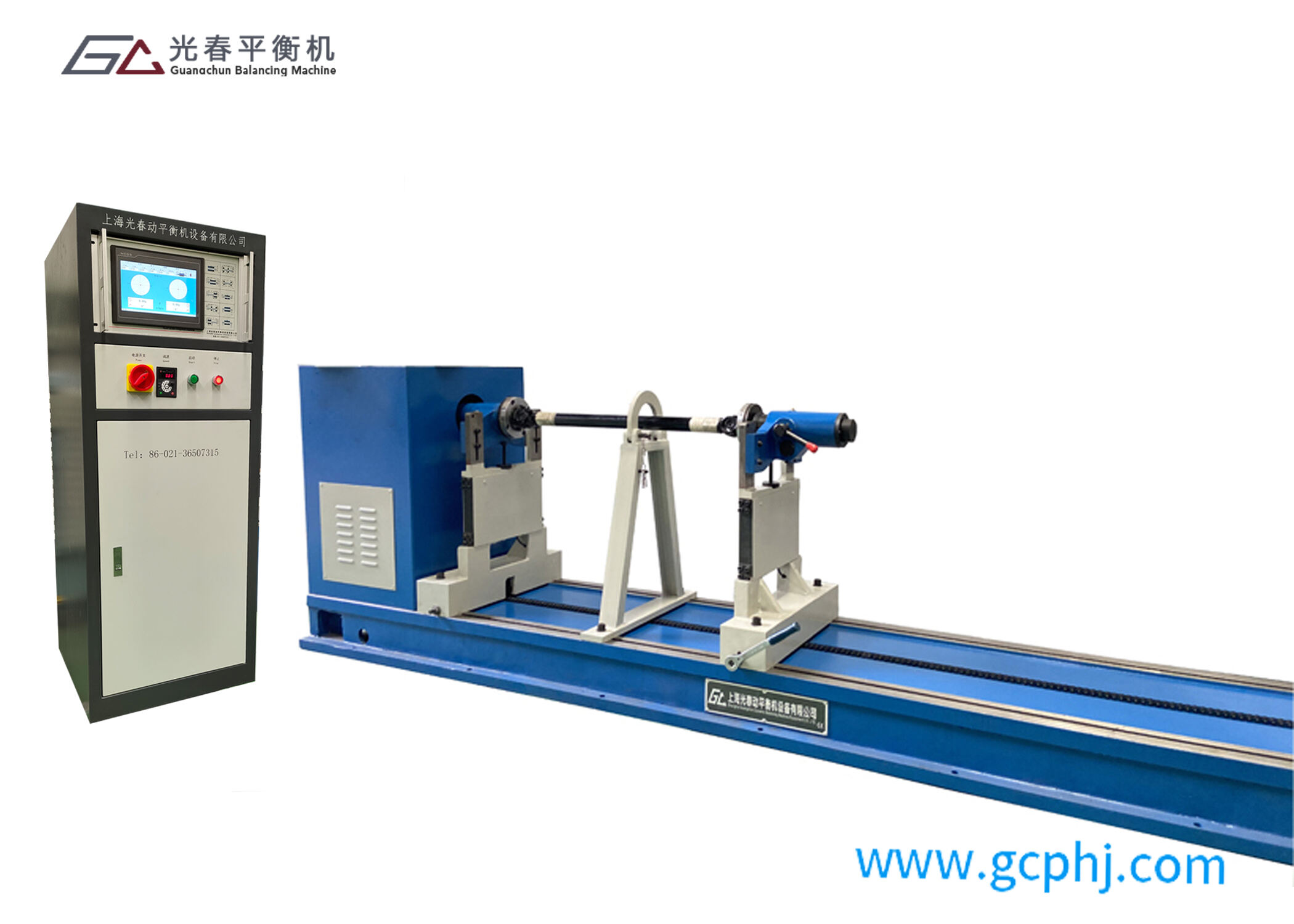balancing machine calibration process
Balancing machine calibration is a critical process that ensures precision and accuracy in rotating equipment performance. This sophisticated procedure involves the systematic adjustment and verification of balancing machines to maintain their measurement accuracy and reliability. The process begins with the installation of a precisely known calibration rotor, followed by a series of measurements to establish baseline readings. Technicians then perform multiple test runs to verify the machine's ability to consistently detect and measure imbalance. The calibration process encompasses various technical aspects, including sensitivity calibration, angle accuracy verification, and vibration sensor alignment. Modern calibration systems utilize advanced digital technology to analyze and adjust multiple parameters simultaneously, ensuring optimal performance across different speed ranges and rotor weights. The process also includes verification of the machine's measurement stability, repeatability, and resolution. Applications span across numerous industries, from automotive and aerospace to power generation and industrial manufacturing, where precise balancing is essential for equipment longevity and operational safety. The calibration procedure typically follows international standards such as ISO 2953 and ISO 21940, ensuring compliance with global quality requirements. Regular calibration maintenance helps prevent measurement drift and ensures consistent balancing quality, making it an essential aspect of quality control in manufacturing and maintenance operations.


